
WORLDS OF THE CONCORDAT
Although the Concordat sprung up out of the seed of the Ten Worlds it has since expanded far beyond that, encompassing in its modern form a total of thirty-three systems and thiry-one planetary governments. They are a widely varied lot, but all are bound together by their ideological commitment to the virtues of the Concordat.
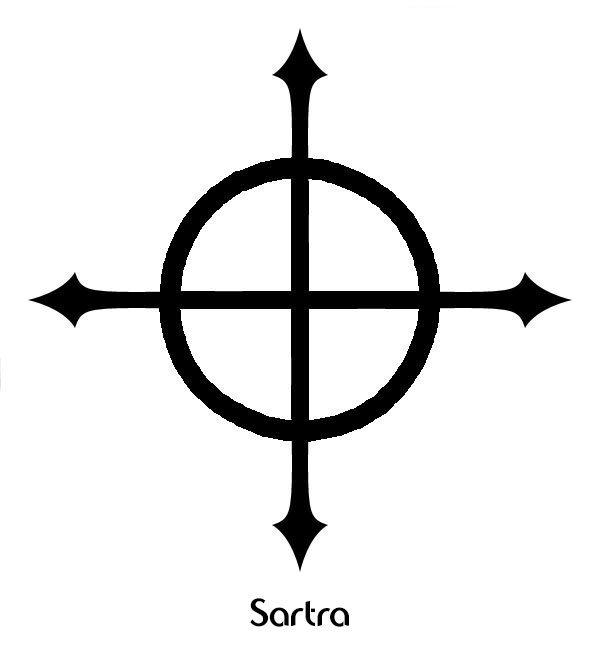
Originally known as Alhera this world was the brightest and best of the original Ten Worlds. Under the leadership of House Britannia it was one of the first worlds to join the Concordat and became the capital of the new government. Following Sartra’s disappearance and assumed death it was renamed in honor of him. Today it remains the shining star of the Concordat – it’s communities are ergonomically designed and architecturally splendid, with plentiful parks.
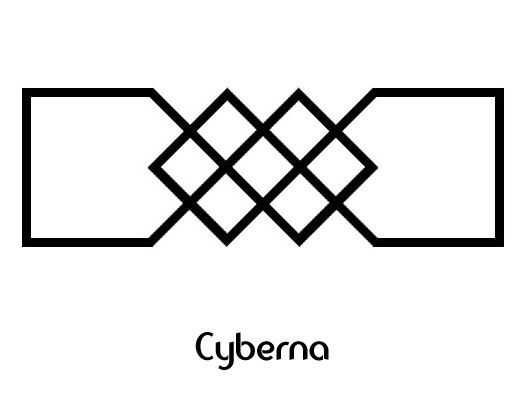
The technological hub of the Concordat, Cyberna has earned the nickname of “Chrome World”. Its politics are dominated by the massive interstellar conglomerates which control the vast majority of business throughout. The vast majority of this world is rocky wasteland, and so its cities are tightly compacted bunches of skyscrapers and apartment complexes with the occasional archipelago, all built around technologically-assisted agricultural hubs.

In many ways a showpiece of the justice and idealism which the Concordat represents, Kyreen was originally the homeworld of the K’i’Reen, an insectoid race who was displaced onto reservations during the time of the Second Republic. Few of these reservations were located in the worlds which are now the Empire of Known Space, but in the Concordat they were much more numerous. The more liberal ideals of the Concordat restored their homeworld to them in 4615. The K’i’Reen opted to remain members of the Concordat and share their planet with the humans already living there. Since the K’i’Reen live primarily below the surface an interesting relationship has developed between their revitalized civilization and culture and the human settlements which still dot the surface.
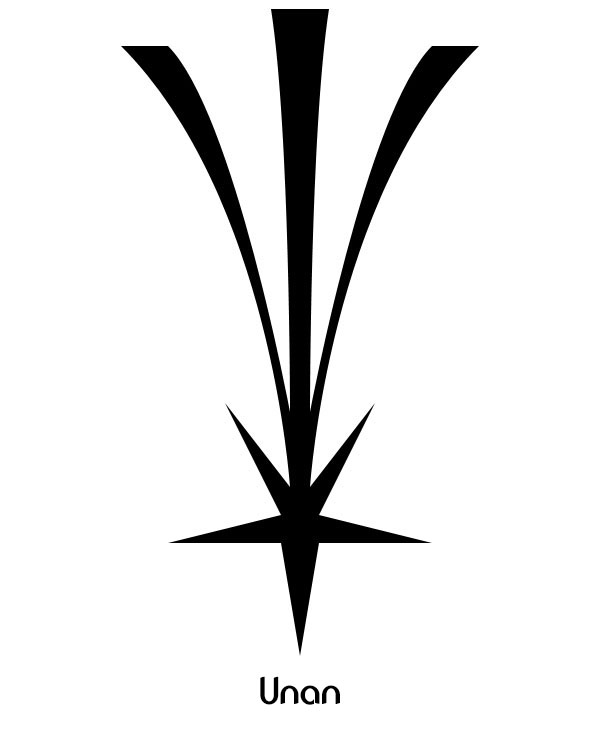
Unan is a generally unremarkable place. With a fairly even division between industry and agriculture it is one of those rare planets which moved beyond the specialization of its early colonial days and became a largely self-subsisting community. Despite this, however, Unan has distinguished itself as a major tourist attraction as a result of the daily meteor showers. The entire Unan system is full of debris which is constantly peppering the upper atmosphere, creating impressive light shows in the night sky. These displays are particularly impressive near the equator and this fact, combined with the large, peaceful, equatorial seas of Unan, has lead to several booming resort towns and floating gambling complexes in that area.
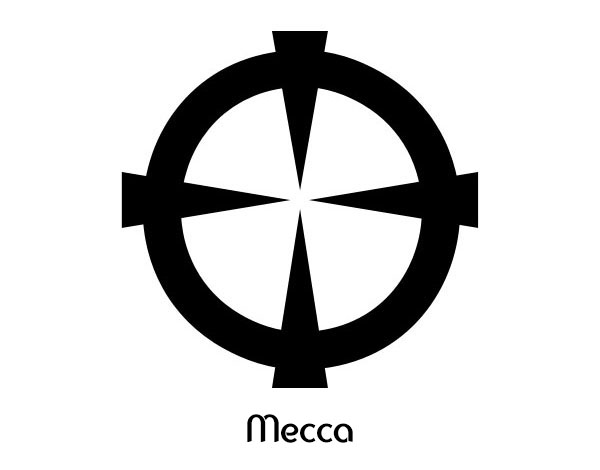
When it was first explored during the early years of the Second Republic, Mecca was known as Milton – a minor colonial world with poor resources. About two centuries before the Republic collapsed, however, vast archaeological discoveries began to be made on the planet. Many, if not most, of these discoveries were prominently Anunnaki gargoyles. As the fame of these gargoyles spread their religious significance turned Milton into a major pilgrimage site. Eventually Milton changed its name to Mecca and became a major center of Church politics.
After the beginning of the Dark Ages, a council of clergyman formed an organization known as the Cathedrals of Mecca. Although this group recognized that the true center of Church power rested elsewhere, they also recognized the practicality of their current situation. The Cathredals of Mecca became the de facto leaders of the Orthodox Church for the Ten Worlds. They were one of the loudest and most influential of the anti-Sartrans, but eventually lost their conservative battle. Today Mecca remains the last true bastion for religious fundamentalism. The Cathedrals of Mecca still maintain control of the Orthodox Church in Concordat space (although how this will change now that the gates to Holy Terra have been reopened remains to be seen), and the vast majority of Meccans still adhere to the Orthodox faith.

Poa’pal and Tua’kal are two planets which circle a single star in an identical, but opposite, orbit. When they were discovered during the Second Republic it was widely believed that they were artificially placed in their orbit by the Ur races, for reasons unknown. They were each home to an identical species, one of which referred to themselves as the Poa’pal and the other as the Tua’kal according to archaeological records. When they independently discovered spaceflight they also discovered their other half. Religious doctrine apparently convinced the two species that the other was the source of evil and war ensued. By the time humans arrived on the scene, the two species had already wiped each other out. Poa’pal and Tua’kal became colony worlds. Today they are proud members of the Concordat, under the rule of a single, joint government.
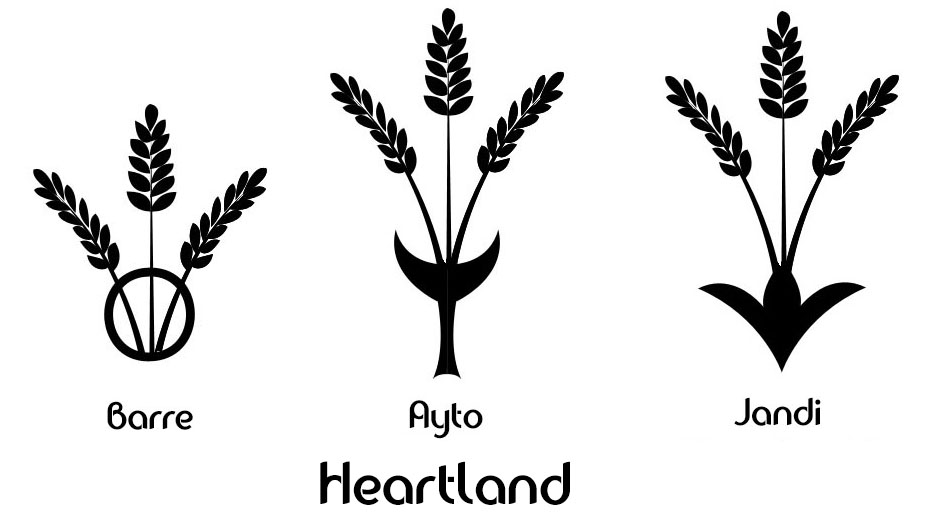
The three worlds of Barre, Jandi, and Ayto are collectively referred to as the “Heartland”. The Heartland is the source of the majority of the agricultural output for the Concordat, and is also one of the more conservative regions of the republic, with a particular focus on traditional (or “Sartran”) virtues. Surprisingly, however, this conservatism does not spread to their religious convictions – which are generally nonexistent, and usually non-Orthodox even when they are.
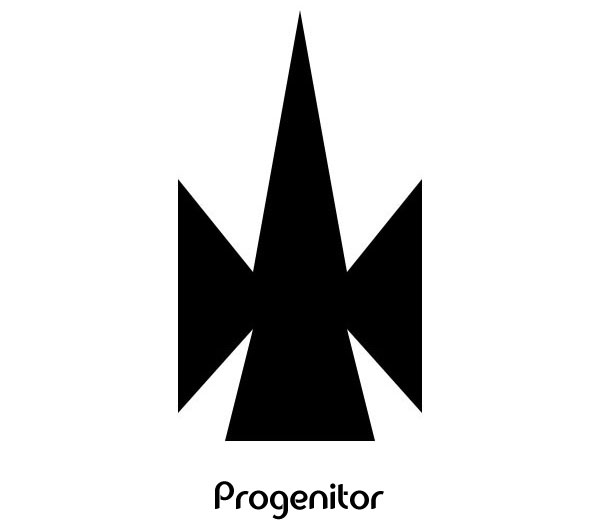
Progenitor, like Mecca, once was possessed of a different name: Lonbette. Once a fairly successful colonial world of the Second Republic, Lonbette fell into backwater savagery during the Dark Ages after its jumpgate was sealed. Then a generation ship from the time of the First Republic appeared in the system and colonized the world. Their civilizing presence restored not only the technological foundations of the world, but formed a strong central government for the world. Eventually their jumpgate reopened, and they found themselves in direct contact with the Concordat, which they quickly joined.
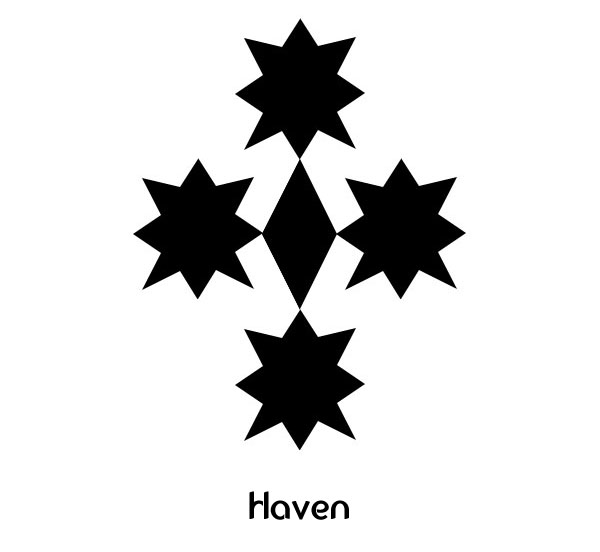
During the Dark Ages four planets (Adde, Polyani, Hannal, and Jelen) bound themselves together and sealed off the rest of the universe. Unlike many worlds which followed their course these four managed to maintain a high level of technology and pushed towards not only maintaining, but improving the technology they had inherited from the Second Republic. Unfortunately, this zeal for progress was ultimately their downfall. Using their own terraforming engines as a basis for experiment they made leaps of massive discovery, but eventually their experiments caught up with them. The terraforming engines on three of the planets began to seriously malfunction. Adde, Polyani, and Hannal became known as the Fallen Worlds as their populations were driven into exodus on Jelen. Billions died, but those who survived renamed their new homeworld Haven.













